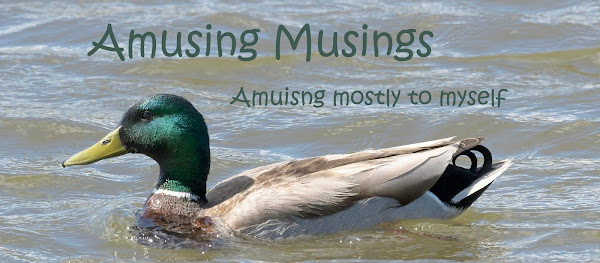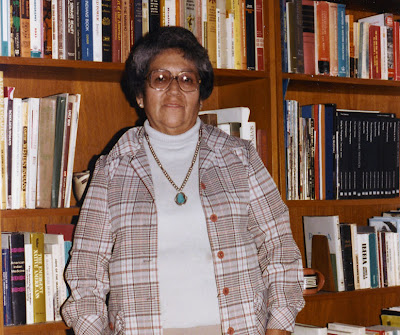So as I now know, the idea is that with family, friends and neighbors from far and wide gathered on the street below, from the roof the hosts toss (or, really throw) down to them blessings and gifts like canned and packaged foods, kitchen towels and gadgets, school supplies, and the like. Of course I asked if we could bring something, and of course, the answer was, "Oh no, please just bring yourselves!" and of course, we brought a case of little bags of chips. Everybody else contributed as well, bringing the goodies in laundry baskets or dish tubs. When it came time for the big event, a neighbor across the way offered her nice flat-roofed house, since the old adobe has a steep roof on it. There was so much stuff it more than filled the bed of a pick-up and the entire back section of our rented SUV just to be moved across the street to the neighbor's, then handed, bucket brigade-style, up a ladder and onto the roof.
By this time quite a crowd had gathered. Liza and I were invited to the roof, deeply honored to be among those sharing the goods and good wishes. The festivities began first with the thanksgiving and blessing, ladles of water from a beautiful traditional olla (pot) gently sprinkled on the people below, followed by more colorful and boisterous anointments!
Then the fun and hilarity began - we threw and threw and threw - Liz was well-loved and her descendents very much respected, so there were lots of participants, family and friends on the roof, and ten times more people down below; I think it literally took an hour for the seven or eight of us on the roof to share the wealth. As a grand finale, all the baskets went flying. So you might have come with a basketful of goodies and left with a handful, or come with nothing and filled a basket with soup cans and sodas and chips and cereal and paper towels and shampoo and pens and socks and...yep, I know what you're thinking: there is always the potential for a grabber to get clocked on the head, but everybody's willing to risk it, and of course, Liz's Throw went off without a mishap, and with abundant joy and happy memories for everyone.















